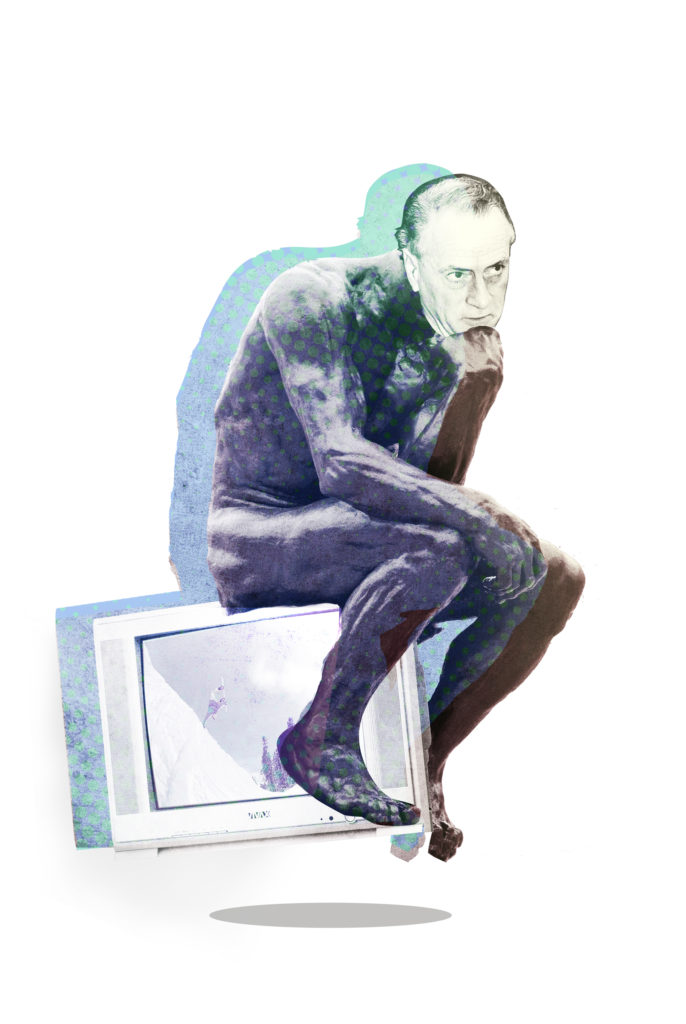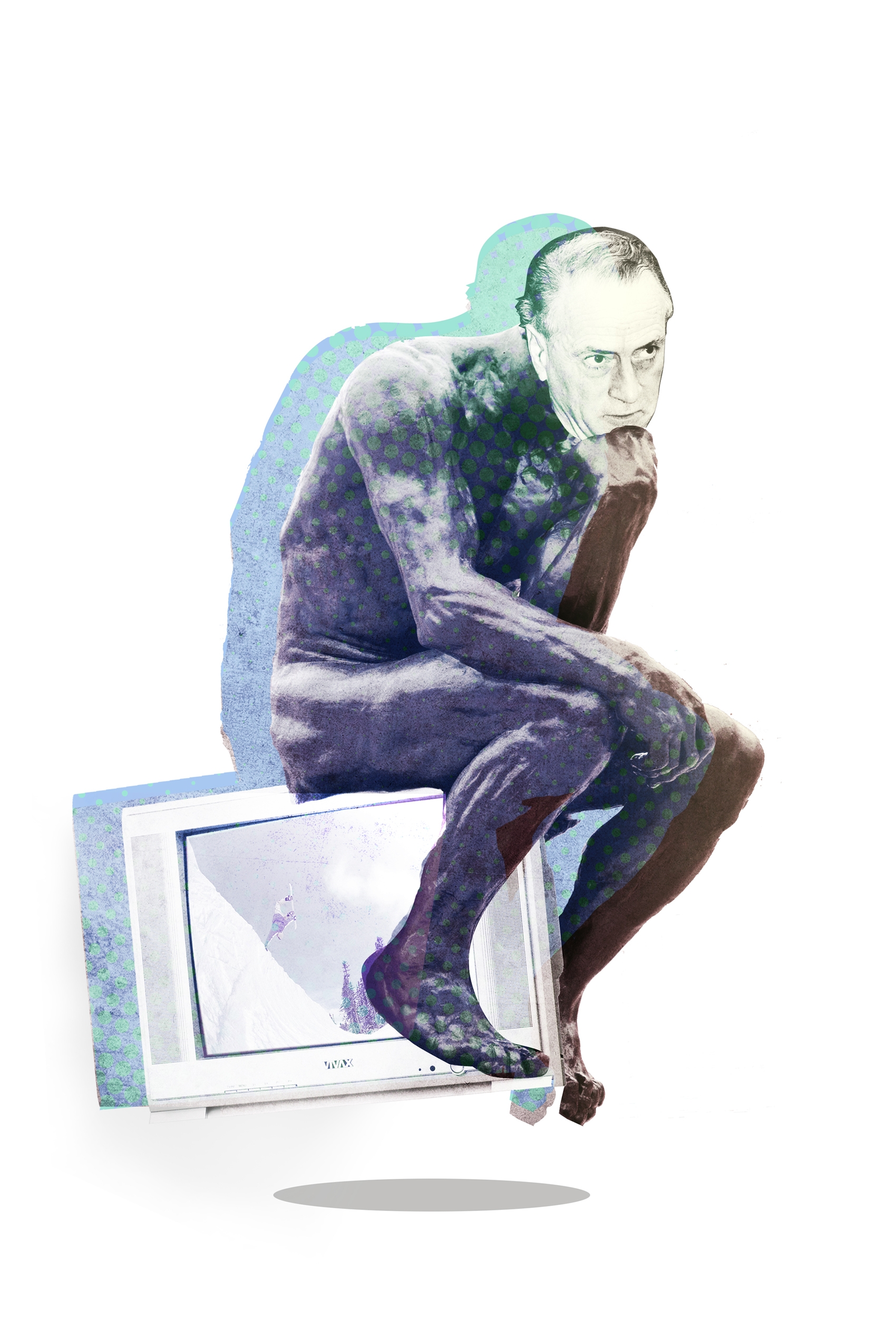Despite the international luminaries, the traditional conference medium doesn’t match McLuhan’s message
Karl Leschinsky
Contributor

A spectre is haunting the University of Toronto—the spectre of Marshall McLuhan.
The McLuhan100 (Then Now Next) Conference, a centenary celebration of great Canadian and media visionary Marshall McLuhan, was held at the University of Toronto’s Chestnut Conference Centre from November 7 to 10.
McLuhan would not have approved of the procession of lethargic, logical, linear-progressing speakers at the event. His style was electric, jumping across paradoxes as if he communicated with spirits from up the road ahead. His wordplay amazed and perplexed, teaching listeners through his aphoristic puzzles. They were designed to teach as you tried to unlock the meaning of each phrase.
After all, “the medium is the message.” It is the style of presentation that communicates the strongest. McLuhan’s method was true to this insight, but the conference failed to live up to his credo. While experts may debate McLuhan’s ideas, the uniqueness of his techniques remain overlooked.
Elana Lamberti of the University of Bologna talked extensively about “the tetrads”, McLuhan’s four laws of media. What does a medium enhance or make obsolete, retrieve or reverse into? She viewed the laws as idea-making tools and conversation starters and says we should praise how economic the tetrad is.
Lamberti’s presence signifies how McLuhan’s work is generally more respected in Spain and the rest of Europe.
York professor B.W. Powe
commented on McLuhan’s fixture in Europe’s intellectual climate. McLuhan is heralded alongside Derrida, Foucault, and the other heavyweights of 20th-century French philosophy. McLuhan is unique, Powe says, “dazzling in originality and different because he isn’t rooted in ideology.”
“In many ways, around the world, McLuhan is the Canadian. He is the one who is known in practically every place we go.”
While welcome, Lamberti’s presentation was not as in the moment as an entertainer-educator like McLuhan. Provoked by a concern that finer details should be secondary considerations, he had an inflamed sense of urgency in unveiling the electronic environments. Few brought the McLuhan fire to the conference.
A spark came from Jean Pare, journalist with Quebecois telecommunications company Videotron. Pare passionately attacked mind control, exposing what he sees as unconscious conspiracy of television blocking citizen participation in deciding their futures. TV programming itself becomes politics, feeding audiences conflict as cynical sport, not as reflection towards stability.
Powe responded to Pare’s comments with a counter-perspective. He says this is the aural age of media, where the flood of media images become the last gasp of power before word-of-mouth truths surface. Still, having so many images collected online now, for vast reconsideration, is one of the great gifts of modern media. Powe expressed gratitude for living in this exciting time of mass media connecting many, albeit poorly at times.
McLuhan was many things, Powe explains, but he was foremost an elder teacher who passed on the “ancient wisdoms” for future generations grappling with shifting electronic environments.
“In the ancient wisdom tradition, the image is of primary importance,” says Powe. “It has its grammar, it has its rhetoric, it has its multi-level dimensional thinking.”
Powe says his students spend a great deal of time studying images as forms of power: “The image has a primary central power because it has direct access to the form. And the form speaks to us.”
The accomplishment of McLuhan’s work was walking through differently brained worlds, opening portals between different brain dimensions. This thread was picked up by speakers like author and McLuhan translator, Derrick de Kerkhove, noting McLuhan’s training in literary traditions inspired him to explore why students were more instinctual towards a non-textual culture spearheaded by television, movies, and music.
McLuhan also understood the tactile future of technology driven by digits. It was through this insight that he switched from perceiving media as mechanical technology to perceiving it as
electronica, the glowing cathode light of screens being at the forefront of the revolution/revelation.
Powe defends distracted students, saying young minds have adapted to a highly complex sphere of information and energy. The new brain acts as an “emotional X-ray of environments” to consider many fragmented impressions at once, quickly process the whole global amphitheater charged with electronic flows of information, thought, and emotion zapped across networks.
Phones go off across the planet, as natural disaster strikes in one country and within minutes, a call or vibrating text message brings news experienced by legions simultaneously.
As for the 100 Conference, it was streamed online, recorded by one lone camera at the back of the antique ballroom.


